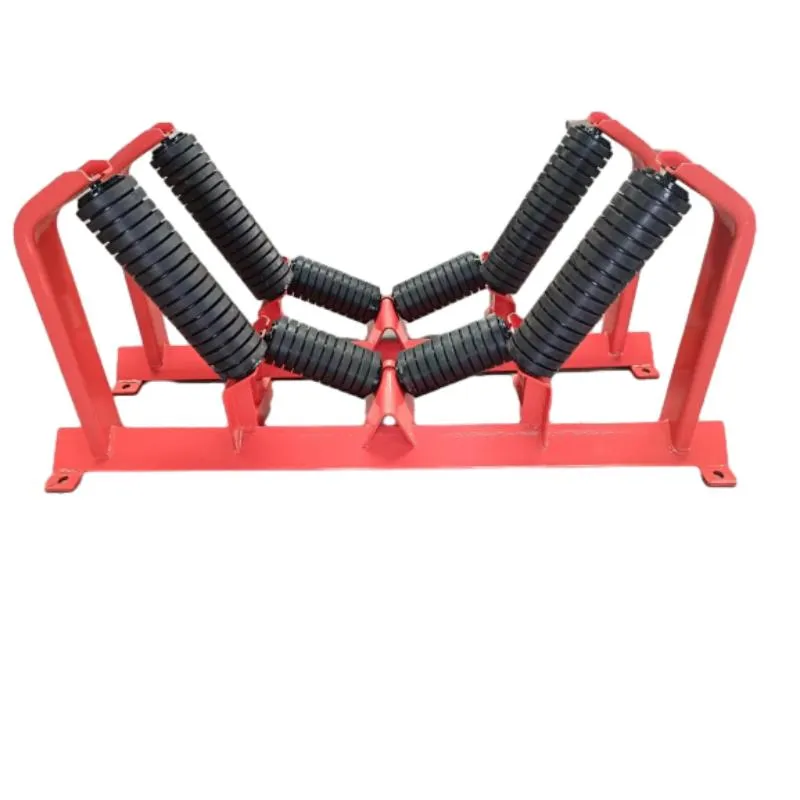 Afrikaans
Afrikaans  Albanian
Albanian  Amharic
Amharic  Arabic
Arabic  Armenian
Armenian  Azerbaijani
Azerbaijani  Basque
Basque  Belarusian
Belarusian  Bengali
Bengali  Bosnian
Bosnian  Bulgarian
Bulgarian  Catalan
Catalan  Cebuano
Cebuano  Corsican
Corsican  Croatian
Croatian  Czech
Czech  Danish
Danish  Dutch
Dutch  English
English  Esperanto
Esperanto  Estonian
Estonian  Finnish
Finnish  French
French  Frisian
Frisian  Galician
Galician  Georgian
Georgian  German
German  Greek
Greek  Gujarati
Gujarati  Haitian Creole
Haitian Creole  hausa
hausa  hawaiian
hawaiian  Hebrew
Hebrew  Hindi
Hindi  Miao
Miao  Hungarian
Hungarian  Icelandic
Icelandic  igbo
igbo  Indonesian
Indonesian  irish
irish  Italian
Italian  Japanese
Japanese  Javanese
Javanese  Kannada
Kannada  kazakh
kazakh  Khmer
Khmer  Rwandese
Rwandese  Korean
Korean  Kurdish
Kurdish  Kyrgyz
Kyrgyz  Lao
Lao  Latin
Latin  Latvian
Latvian  Lithuanian
Lithuanian  Luxembourgish
Luxembourgish  Macedonian
Macedonian  Malgashi
Malgashi  Malay
Malay  Malayalam
Malayalam  Maltese
Maltese  Maori
Maori  Marathi
Marathi  Mongolian
Mongolian  Myanmar
Myanmar  Nepali
Nepali  Norwegian
Norwegian  Norwegian
Norwegian  Occitan
Occitan  Pashto
Pashto  Persian
Persian  Polish
Polish  Portuguese
Portuguese  Punjabi
Punjabi  Romanian
Romanian  Russian
Russian  Samoan
Samoan  Scottish Gaelic
Scottish Gaelic  Serbian
Serbian  Sesotho
Sesotho  Shona
Shona  Sindhi
Sindhi  Sinhala
Sinhala  Slovak
Slovak  Slovenian
Slovenian  Somali
Somali  Spanish
Spanish  Sundanese
Sundanese  Swahili
Swahili  Swedish
Swedish  Tagalog
Tagalog  Tajik
Tajik  Tamil
Tamil  Tatar
Tatar  Telugu
Telugu  Thai
Thai  Turkish
Turkish  Turkmen
Turkmen  Ukrainian
Ukrainian  Urdu
Urdu  Uighur
Uighur  Uzbek
Uzbek  Vietnamese
Vietnamese  Welsh
Welsh  Bantu
Bantu  Yiddish
Yiddish  Yoruba
Yoruba  Zulu
Zulu idler roller
The Role and Importance of Idler Rollers in Conveyor Systems
Idler rollers are integral components in the functionality and efficiency of conveyor systems, which play a significant role in various industries, including manufacturing, transportation, and logistics. These rollers are primarily used to support the conveyor belt and ensure smooth operation, yet their importance extends far beyond mere support.
What Are Idler Rollers?
Idler rollers are cylindrical devices that are commonly found in conveyor systems. They are designed to support the weight of the conveyor belt and the materials being transported. Unlike drive rollers, which are powered by motors to move the belt, idler rollers do not provide any propulsion; instead, they facilitate the smooth and uninterrupted movement of the conveyor belt.
Functions and Benefits
1. Support and Stability The primary function of idler rollers is to provide stability to the conveyor belt. They help maintain the belt's alignment, preventing it from sagging or misaligning. This stability is crucial for preventing belt wear and tear, which can lead to costly downtime and repairs.
2. Friction Reduction By providing a smooth surface for the belt to glide over, idler rollers help reduce friction. This not only enhances the efficiency of the conveyor system but also prolongs the lifespan of both the rollers and the belt. Reduced friction means less energy consumption, which is beneficial for both operating costs and environmental sustainability.
3. Guiding the Conveyor Belt Idler rollers are strategically placed along the conveyor path to guide the belt and ensure that it follows the correct trajectory. This guiding function is vital, especially in long conveyor systems where slight deviations can lead to major issues over time.
4. Noise Reduction High-quality idler rollers can contribute to a quieter operation of conveyor systems. By minimizing vibrations and ensuring smooth movement, they help create a safer and more pleasant working environment.
idler roller

5. Load Distribution Idler rollers aid in evenly distributing the load along the conveyor belt. This balanced distribution helps prevent excessive stress on specific areas of the belt and the rollers themselves, reducing the risk of mechanical failure.
Types of Idler Rollers
Idler rollers come in various types to accommodate different conveyor designs and applications. Some common types include
- Standard Idler Rollers These are the most commonly used rollers and are suitable for a wide range of applications. - Impact Idler Rollers Designed to absorb the shock of heavy loads, impact idler rollers reduce the risk of damage to the belt and the rollers. - Training Idler Rollers These rollers help align and guide the conveyor belt, ensuring it remains centered and avoids misalignment.
Maintenance of Idler Rollers
To ensure longevity and optimal performance of idler rollers, regular maintenance is essential. This includes lubricating the bearings, checking for signs of wear or damage, and ensuring that all components are correctly aligned. Neglecting maintenance can lead to increased friction, premature wear, and potentially costly repairs.
Conclusion
Idler rollers may seem like simple components in a conveyor system, yet their role is crucial for the smooth and efficient operation of material handling processes. By providing support, reducing friction, guiding the conveyor belt, and ensuring load distribution, idler rollers are key to enhancing the overall efficiency and reliability of conveyor systems. As industries continue to evolve and demand greater efficiency, understanding and optimizing the role of idler rollers will remain a priority for engineers and operators alike.
-
Revolutionizing Conveyor Reliability with Advanced Rubber Lagging PulleysNewsJul.22,2025
-
Powering Precision and Durability with Expert Manufacturers of Conveyor ComponentsNewsJul.22,2025
-
Optimizing Conveyor Systems with Advanced Conveyor AccessoriesNewsJul.22,2025
-
Maximize Conveyor Efficiency with Quality Conveyor Idler PulleysNewsJul.22,2025
-
Future-Proof Your Conveyor System with High-Performance Polyurethane RollerNewsJul.22,2025
-
Driving Efficiency Forward with Quality Idlers and RollersNewsJul.22,2025





























